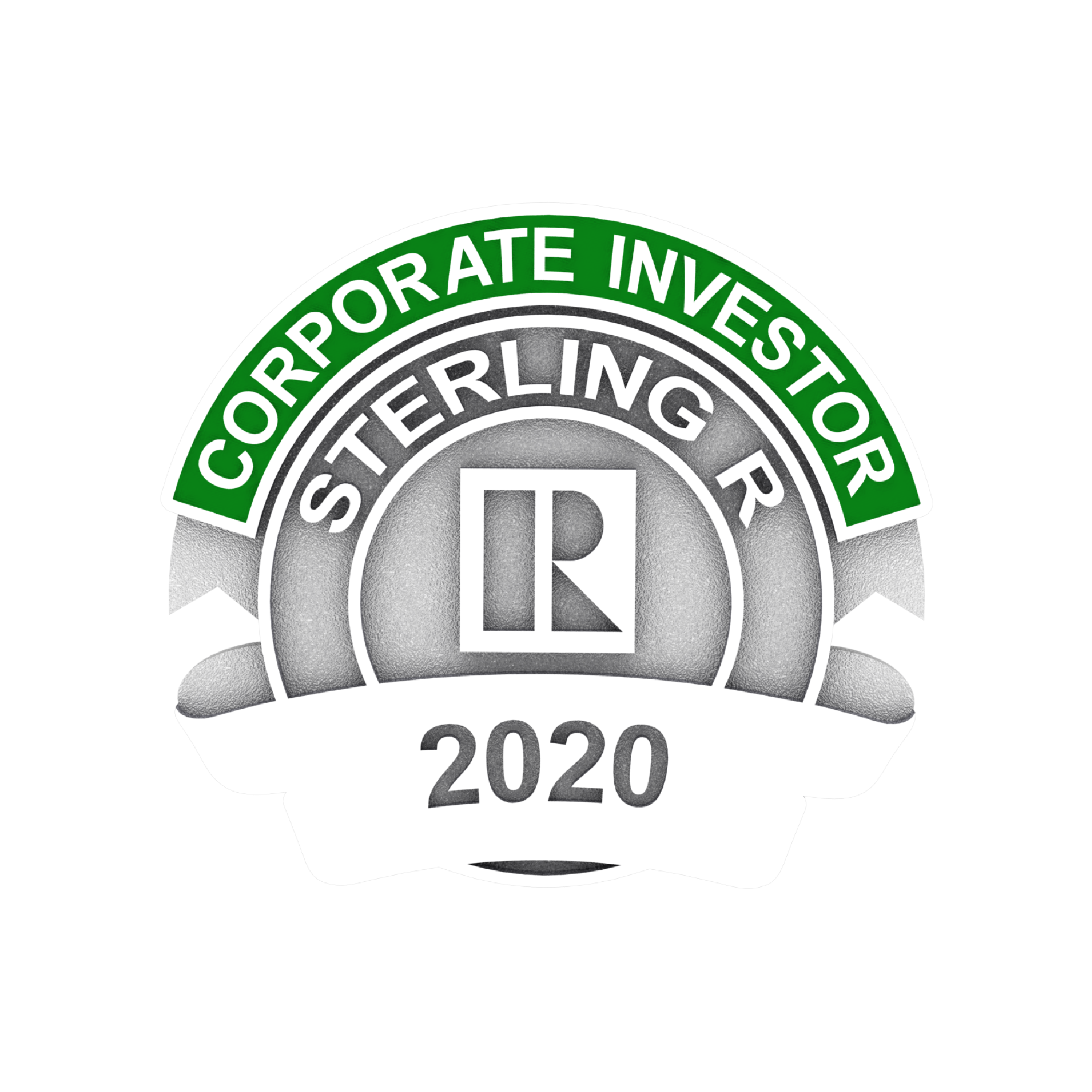It takes time to turn a large vessel and after years of downward trajectories – but commercial real estate is seeing some positive movement.
CBRE said second-quarter capital markets and lending figures showed improvement in commercial debt and equity fundamentals. Here are some of the details:
Q2 investment volume at $85.7 billion was up 14% between the first and second quarters of 2024, but still down by 3% year-over-year. Q1 rose 15% over 2023 Q4 but dropped 15% year-over-year. CBRE called the quarter-to-quarter improvement in Q2 a “moderation” compared to Q1, but that is pretty close. Sometimes trying to cut too finely between results is to misclassify inherent volatility. It will take more data samples over time, but at least on the surface, it seems worth noting.
For context, the trailing four-quarter volume — a moving average to smooth out some volatility and still see trends — decreased by 31.9% year-over-year to $341 billion from $500.2 billion. That is the lowest total since the second quarter of 2013. However, that’s a short amount of time to define a “low” and suggests that going back more than a year doesn’t make it so dire.
After five consecutive down quarters, the CBRE Lending Momentum Index rose 4.3% in Q2. This also seems good news but is potentially misleading. The company says the index “tracks the pace of CBRE-originated commercial loan closings in the U.S.” CBRE has a large base of business, so wouldn’t seem something to dismiss out of hand. However, it looks only at its own activities, which may not be sufficiently predictive of national CRE trends.
Entity-level investment shot up in Q2 to $10 billion, but that was only because Blackstone acquired Apartment Income REIT and $10 billion was the amount Blackstone would pay. Put differently, without that one deal, Q2 overall investment would have been down 9.3% quarter-over-quarter and 14.4% year-over-year.
The split of sales among property types in 2024 Q2 was roughly the same as the year before, with multifamily ($38.3 billion, 44.7%); industrial ($18.8 billion, 21.9%); office ($10.6 billion, 12.4%); retail ($9.5 billion, 11.1%); hotel ($6.2 billion, 7.2%); and other ($2.3 billion, 2.7%).
Looking only at single-asset investments, which totaled $60.6 billion, the splits among property types were multifamily ($22.5 billion, 37.1%); industrial ($14.0 billion, 23.1%); office ($8.9 billion, 14.7%); retail ($8.4 billion, 13.9%); hotel ($5.1 billion, 8.4%); and other ($1.6 billion, 2.7%).


